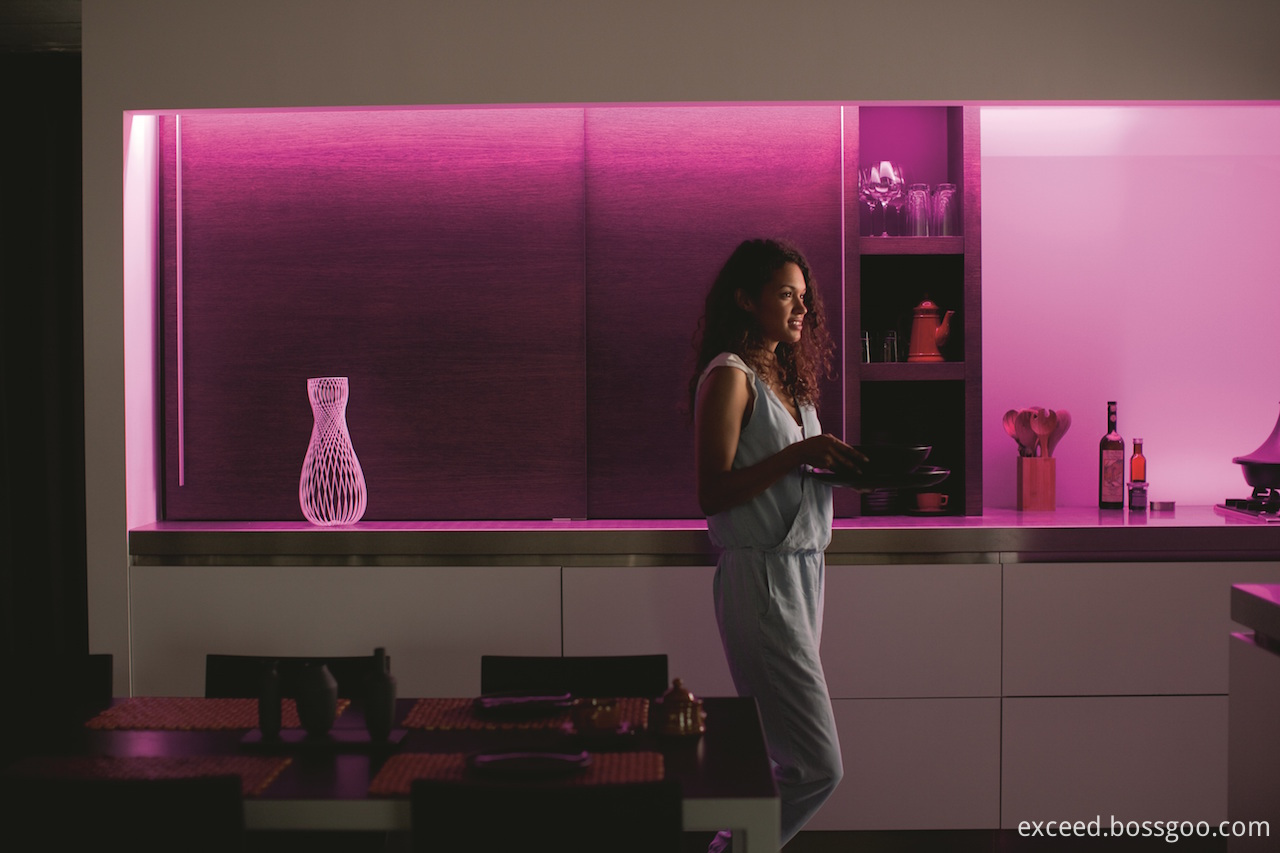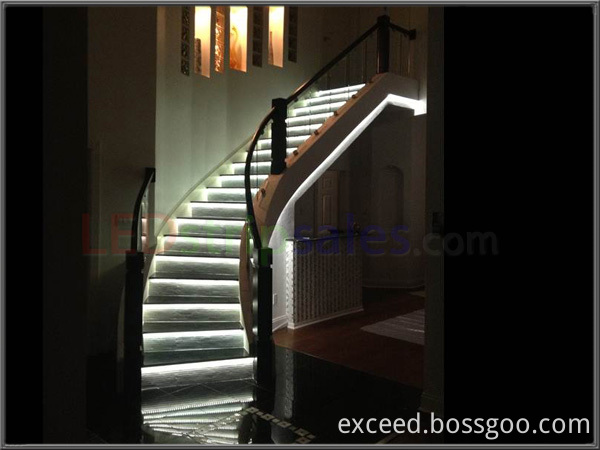At the same time, the number of components used by these systems is constantly increasing, but the available space is continuously compressed, which also greatly increases the electron density of each system. These systems all require power conversion ICs, and often have multiple power terminals for each subsystem. Because of the very high power density and associated high ambient temperatures, any practical heat sink is too large and impractical, and because of this The space constraints and the operating temperature range requirements make power conversion efficiency very important.
At low output voltages and intermediate current levels above a few hundred milliamps, it is not practical to simply use linear regulators to provide these system voltages because too much heat is generated. The result of these restrictions is the use of switching regulators instead of linear regulators. The benefits of switching regulators include increased efficiency and smaller footprints, which are sufficient to compensate for additional design complexity and electromagnetic interference. (EMI) and other issues.
LED lighting is replacing traditional incandescent lamps. The use of light-emitting diode (LED) lighting in automotive applications is only a vehicle concept. Today, LEDs have been widely used in dashboard backlighting, interior lighting, and braking for many automobiles and trucks. light. In addition, luxury car manufacturers have also gradually increased the application of the latest technology of solid-state LED lighting, through these brighter, smaller, more reliable components to provide interior and exterior lighting, to strengthen the performance and aesthetics of their vehicles. In addition, LEDs can provide lower cost and longer life, providing interior lighting advantages that are significantly superior to incandescent lighting, such as high-pressure gas discharge (HID) and halogen bulbs for headlamps.
To use automotive battery-powered LEDs, a DC-to-DC converter is required to accurately regulate the LED current, ensuring consistent illumination intensity and color saturation while protecting the LED. In addition, according to the different uses of LEDs, DC/DC regulators should also be optimized for specific power needs, such as headlights, rear lights, signal lamps, internal situations, or reading lights. One of the challenges is to reduce A battery voltage equal to or higher than the load voltage drives one or more strings of LEDs, while another consideration is to dimming the LEDs effectively with a large dimming ratio while maintaining color at low and high brightness levels. characteristic. The high efficiency operation of the DC/DC driver is a key requirement, especially when driving a high-brightness (HB) LED. Due to the power source that is not converted to scattered light, it will be consumed due to heat generation.
Load dump/cold start condition affects battery performance The battery is slack when the car is in operation, or the battery wire is broken when the car is moving, which will cause the load to droop. It is a case where the battery wire is suddenly disconnected when the generator charges the battery. . Sudden disconnection of the battery wire can cause transient voltage surges of up to 80 volts, because the generator is trying to fully charge the output (Figure 1). The Transorb on the generator often clamps the line voltage between 36 and 60 volts. And absorb most of the surge current; however, the DC/DC converter downstream of the generator also receives this 36-60 volt instantaneous surge. Because these converters and their sub-systems are all expected to continue to operate during and after these transients, it is important that these DC/DC converters can handle high-voltage transients. The protection circuit, often used by Transorb, can be built outside, but it will increase the cost and space.
In the case of LED drivers, important features that must be provided by the owner include:
High Current To provide high current (≧1.5 amps), the driver must drive an external N-channel metal oxide semiconductor field effect transistor (MOSFET) to drive high-brightness LEDs.
The 3 to 36 volt input operation and output voltage of the high voltage LED driver can be expanded according to the choice of external power components to easily drive multi-string (series) or cluster (series + shunt) LEDs.
The protection IC must include the precision current and output voltage regulation needed to protect the high-brightness LEDs. Additional protection features include overvoltage, overcurrent, and soft-start.
Dimming through True Color PWM 3,000:1 digital dimming, LEDs can maintain a fixed color over a wide dimming range, and the drivers must also provide additional analog 100:1 dimming.
In order to meet the stringent requirements of automotive interior and exterior lighting, there are currently manufacturers in the industry introducing two new DC/DC LED drivers with high operating efficiency, load protection, wide input and output voltage ratings, and precise current regulation. Features. This IC can be configured into several DC/DC architectures, providing the designer the option of checking the IC to meet the switching requirements of different applications.
One is a current mode, multi-architecture converter with fixed current pulse width modulation (PWM) dimming to drive High Power LED strings and clusters, providing fast, true switching of PWM load switching without Instantaneous undervoltage or overvoltage conditions can occur. True Color PWM dimming ensures color saturation of white light and RGB LEDs. Digital dimming ratio can be up to 3,000:1 (100Hz); The control can also achieve an additional 100:1 dimming ratio, which is an extremely important criterion. Because the human eye is extremely sensitive to slight changes in the brightness of the room, this multi-function controller can be used as boost, buck, lift Pressurized, Single-Ended Primary Inductor Converter (SEPIC) or flyback converters, and fixed current/fixed voltage regulators. The No RSENSE operation uses the on-resistance of a MOSFET, eliminating the need for a current sense resistor and improving efficiency. Applications for these converters include high voltage LED arrays and LED backlights, as well as voltage regulators for telecommunications, automotive, and industrial control systems.
Another product is a dual-channel, 36-volt, 2MHz step-down DC/DC converter specifically designed to operate with constant-current LED drivers that can provide up to 1.5 amps of LED current per channel, with internal sense resistors and dimming controls. Become the choice of driving high current LED. This type of driver maintains high output current accuracy over a wide current range of 50 milliamps to 1.5 amps, while the True Color PWM circuit achieves a dimming range of 3,000:1.
Through a wide input voltage range of 4 to 36 volts (40 volts maximum), the LED driver can be adjusted to include power supplies such as automotive power systems. The switching frequency can be set between 200k and 2MHz, enabling the use of extremely small inductors and ceramic capacitors. And to avoid the harsh frequency bands, such as AM/FM radio, combined with thermally enhanced TSSOP-16 package, to provide two or four groups of high-current LED provides a small solution.
With high-side sensing, the driver can reach the cathode connection of the grounded LED, eliminating the need for grounding conductors in most applications. Current mode control and precision reference voltage provide optimized loop power for well-regulated, low-chopper fixed LED currents. Both channels operate independently with separate DC voltage (VADJ) and PWM signals. Each channel can be used with another The channel is inverted 180 degrees to reduce the output ripple. Other features of this driver include open-LED and short-circuit protection.
Although the automotive environment is recognized as extremely harsh, LED lighting system designers still have many options to choose robust LED drivers for severe performance requirements. In addition, as the adoption rate of LED lighting equipment continues to shift from the lower level to the lower level, LED driver manufacturers will also actively provide innovative products to fully meet market demand.
Single Sensor Led Bed Light is popular in Germany, USA, UK, India, Ukraine, etc. Applicable to the bedroom, cabinet, wardrobe, Dinning Room, Stairs, Children`s Room, living room, garden, etc. The Sensor Led Bed Light is good for Single Bed or Double Bed. Keep you deep sleeping!
Exceed business range mainly covers LED Light, LED Lamp , High Power LED Light , High Power Big LED Bulb Light, Led Panel Light , LED Ceiling Light , Led Tube Light , Eye Protecting LED Table Lamp ,Body Sensor Led Bed Light , LED Digit Display , LED Dot Matrix,etc.


Part No.:YGL01-2835WW60D-8MM-12V
Color:Warm White /Pink/BlueLED Driver :DC12V, 1PCS
Sensor:1 PCS
Wire:1pcs*1m
LED Strips:2 reel*1.5m
Driver 1A without Certificate :IP65
Driver 0.5A with CE,GS ,UL Certificate :IP65
Light Color: Warm white/Pink/Blue
Applicable to the bedroom, cabinet, wardrobe, Dinning Room, Stairs, Children`s Room, living room, garden, etc Feather:
1.Using LED light source, energy conservation, environmental protection, no ultraviolet radiation does not attract mosquitoes, color constant;
2.Automatic induction, when people enter the detection range within 1.5M of the induction switch, the lamp will automatically lights up, when people leave or lie on the bed, the light will automatically delay off;
3.When the light is on, human activities will automatically postpone a delay time;
4.Tear tape easy to install in anywhere.
Single Sensor Led Bed Light,Led Sensor Bed Light,Single Sensor Led Light,Single Bed Sensor Light
Shen Zhen Exceed Electronic Co., Ltd. , http://www.exceedlight.com